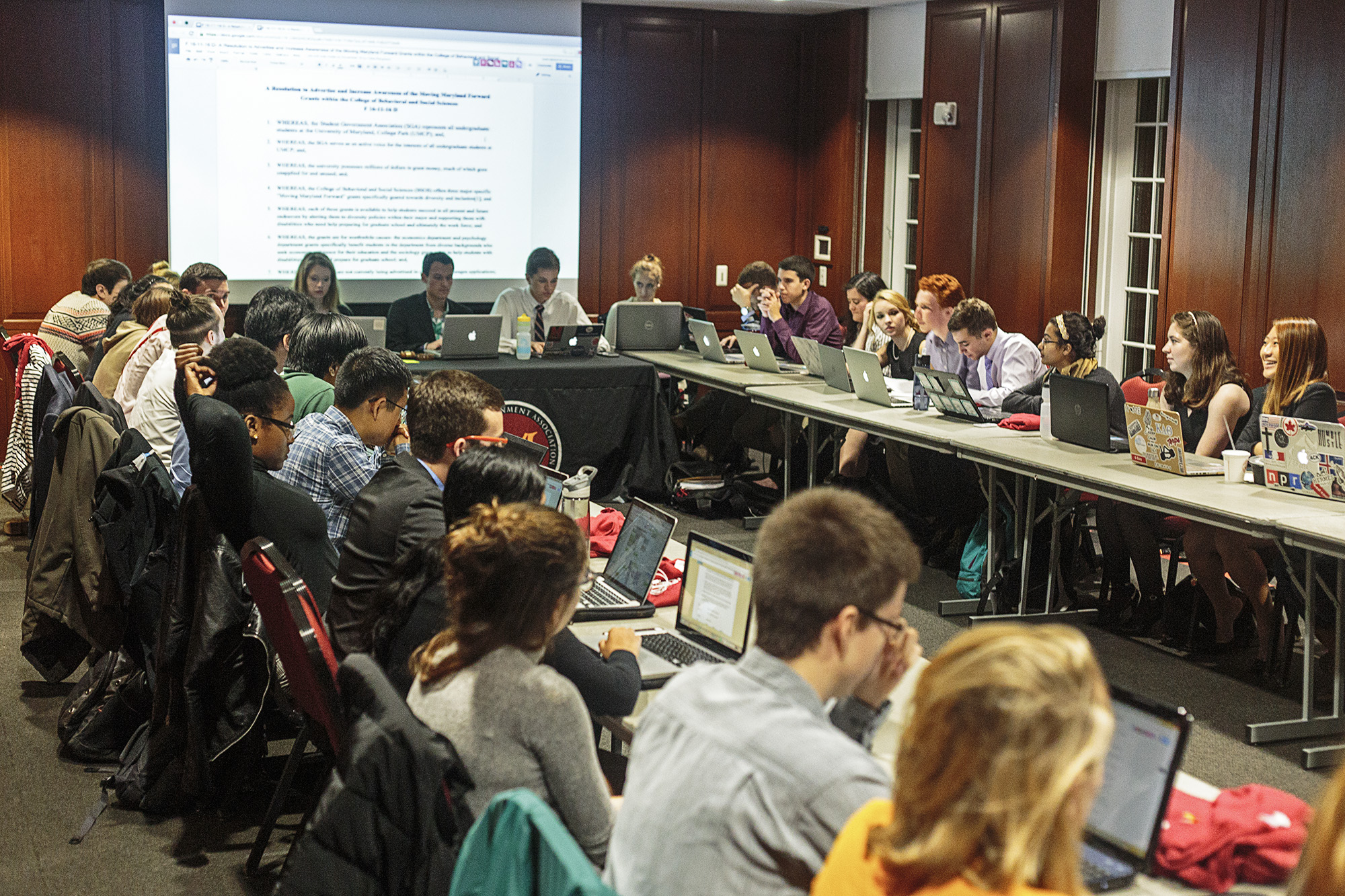The mid-afternoon crash hits, and the coffee just isn’t cutting it. There’s no time to make it back to the dorm or apartment for quick nap until after evening classes.
The solution may be a campus “napping station.” The Student Government Association will revisit a bill next semester that, if passed, would support a pilot program for this type of facility in Stamp Student Union.
“A Resolution Supporting a Napping Station” was scheduled for a vote at the SGA’s Nov. 30 meeting, but its sponsor, outlying off-campus representative Christian Coello, withdrew the bill with the plan of developing it further and re-introducing it in the spring.
Coello said he and the Committee on Student Affairs did not want to rush the bill at the end of this semester and run the risk of having the legislature oppose it.
Students who live off the campus are at a disadvantage if they need to take a nap during the day but cannot head home, said Coello, a commuter and a freshman engineering major. A.J. Pruitt, SGA vice president of student affairs, said students who rely on public transportation schedules have limited opportunities for midday rest.
“At times, that can mean extended hours for them here at school,” Pruitt said. “This napping station/break station was an initiative we were hoping to present as a way to give them some sort of resource to help them through the day.”
The SGA would urge the university’s facilities council to finance the program through the student facilities fund, an account built by the student-paid auxiliary facilities fee, according to the bill.
The program would limit students to 30-minute naps. SGA’s Committees on Student Affairs and Health and Wellness are still discussing other details, Pruitt said.
The University of Michigan implemented napping stations in campus libraries in 2014. Michigan’s stations also limit nappers to 30 minutes. James Madison University runs a similar room in its student center, and the University of Colorado Boulder sponsored one from 2009 to 2011 but discontinued it after lack of use.
A 2016 study showed although college students averaged slightly more than seven hours of sleep on weeknights, 46.2 percent of students slept less than seven hours a night.
Brenda Testa, this university’s director of facilities planning, said Linda Clement, university vice president for student affairs, likely would have to approve the proposal before it could reach the facilities council.
Stamp’s facilities department may want to create such a space especially to help commuter students, said Testa, who is also a non-voting member of the facilities council.
“I’m pretty familiar with the Stamp also not having the amount of space that they feel they should have for commuters, in particular, who make great use of Stamp Student Union as kind of their home when they’re here attending classes throughout the day,” she said.
Testa said her “gut feeling” was that a room in Stamp serving another function would have to be cleared and dedicated instead to the napping station.
Senior staff writer Naomi Grant contributed to this report.



